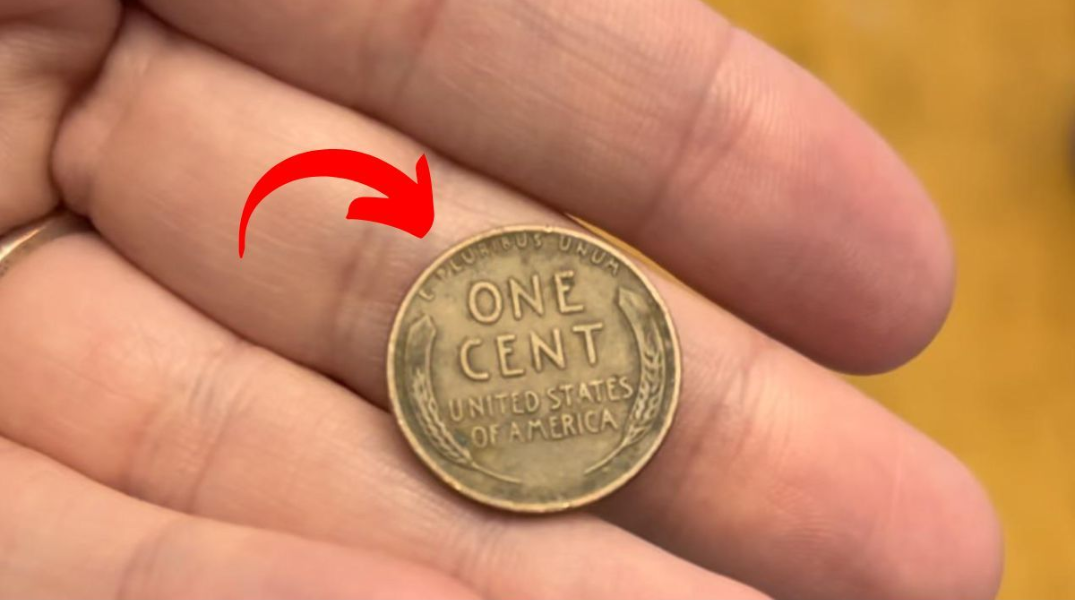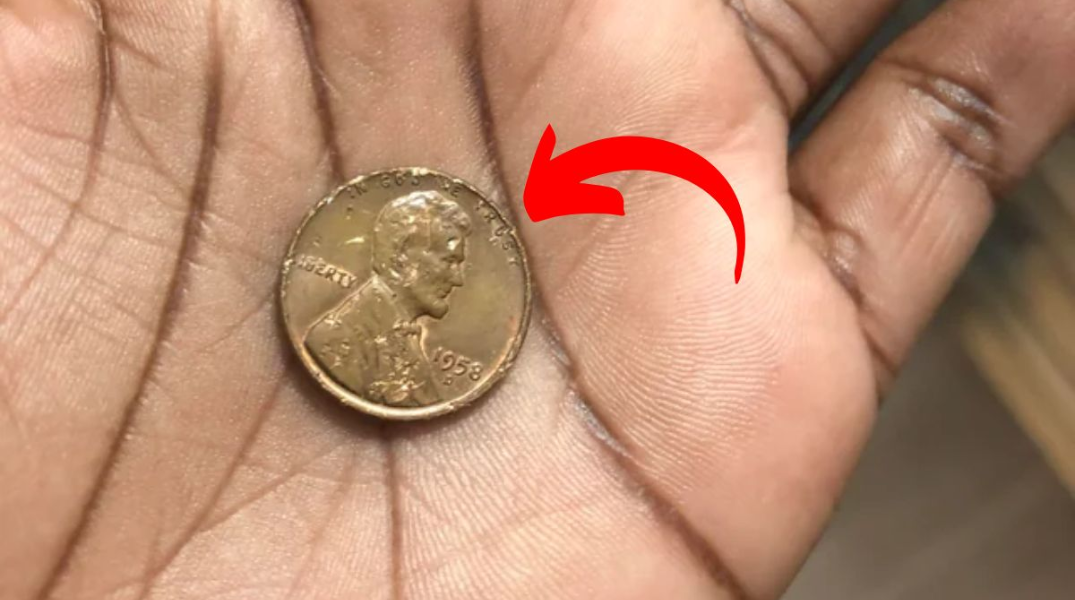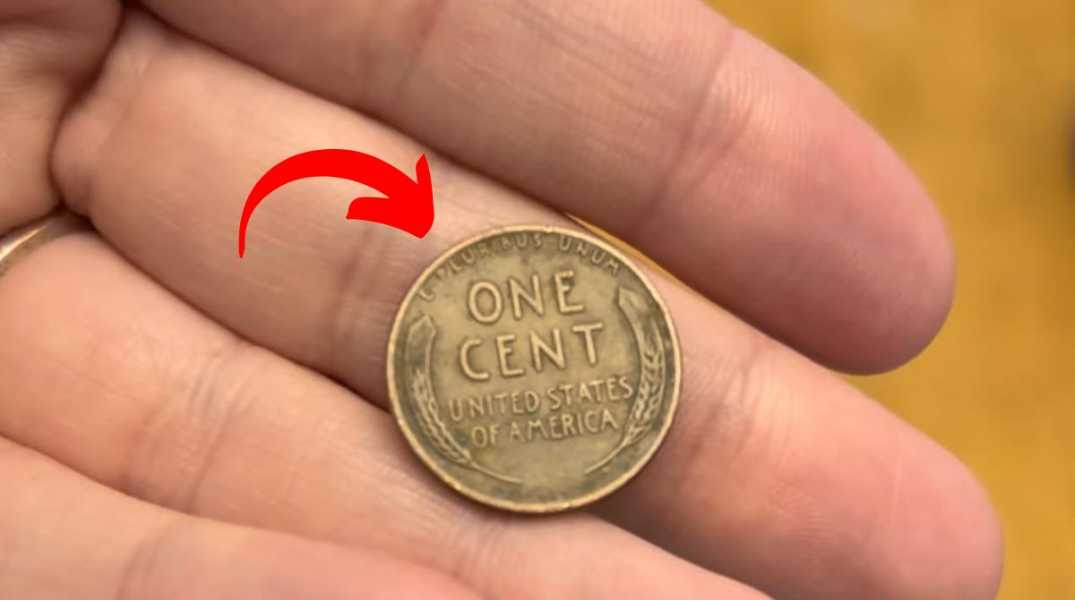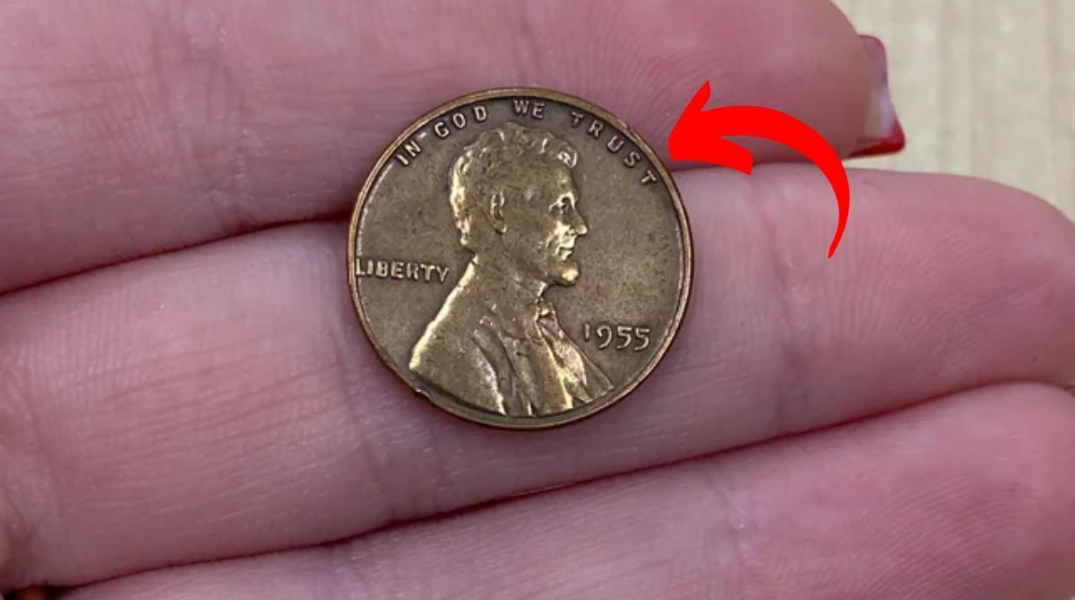The Lincoln Wheat Penny Valued at $2.4 Million, Still in Circulation – Imagine rummaging through your old coin jar and discovering a penny that could change your life. It’s not just a fantasy—some pennies really can be worth tens or even hundreds of thousands of dollars. At the center of this numismatic treasure hunt is the legendary 1943 Lincoln Wheat Penny made from copper, a coin so rare that it has sparked myths, hoaxes, and nationwide searches.
While rumors of a $2.4 million valuation continue to circulate online, the truth is both less sensational and more fascinating.
The Humble Beginnings of a Collectible Icon
The Lincoln Wheat Penny first hit pockets and purses in 1909, commemorating the 100th birthday of President Abraham Lincoln. It was a historic move: the first time a real American’s portrait appeared on circulating U.S. currency. Designed by Victor David Brenner, the obverse shows Lincoln’s profile, while the reverse features two stalks of wheat—symbols of prosperity and America’s agricultural foundation.
These iconic pennies were minted from 1909 to 1958 before the wheat design was replaced by the Lincoln Memorial.
The War-Time Error That Minted a Million-Dollar Coin
In 1943, during World War II, copper became a critical resource for military manufacturing—used in ammunition, wiring, and other wartime materials. The U.S. Mint switched penny production to zinc-coated steel to save copper. But a handful of leftover copper planchets from 1942 were accidentally used to strike pennies in 1943, creating a mistake that would become one of the most sought-after coin errors in history.
These 1943 copper Lincoln Wheat Pennies are now the stuff of collector legends, with fewer than 20 known to exist.
How Much Are These Rare Pennies Really Worth?
Contrary to clickbait claims of $2.4 million valuations, no 1943 copper penny has ever come close to that price tag. However, the real numbers are still impressive:
- 2010: A pristine 1943 copper penny sold for $1.7 million to a New Jersey coin dealer.
- Other verified sales have ranged from $200,000 to $336,000, depending on condition and mint origin.
- The rarest of the rare, the 1943-D (Denver Mint) copper penny, is rumored to be worth more than $1 million.
So while you likely won’t retire with one coin, you might just be holding a small fortune in your hand.
How to Identify a Valuable Lincoln Wheat Penny
Got some old change lying around? Here’s how to spot a penny that might be worth big bucks:
- Check the reverse design: Look for two wheat stalks. These mark the coin as a Lincoln Wheat Penny (1909–1958).
- Look at the date: The 1943 copper penny is the big prize, but others like the 1909-S VDB, 1914-D, and 1922 Plain are also valuable.
- Color and magnet test: The 1943 copper penny should be brownish—not silvery like steel. If it sticks to a magnet, it’s steel (and not rare).
- Weigh it: A genuine copper penny weighs about 3.11 grams, compared to 2.7 grams for the steel version.
The Allure of Discovery: Coin Hunts Continue
Stories of lucky finds continue to circulate—from a teen who found one in pocket change at school to a collector who uncovered one in a forgotten family collection. While the odds are long, the chance of striking coin gold keeps collectors and everyday folks alike combing through their coin stashes.
And sometimes, the thrill of the hunt is just as rewarding as the prize.
More Than Money: A Window Into American History
The Lincoln Wheat Penny is a tiny time capsule. These coins passed through the hands of soldiers, factory workers, and schoolchildren from the Great Depression to the post-war boom. The rare 1943 copper version, in particular, serves as a reminder of a time when the entire nation mobilized for war—and even pennies were repurposed for the cause.
Collectors often value these coins for their historical significance just as much as their price tag.
Beware: Counterfeits Are Everywhere
With so much money at stake, fraud is inevitable. Scammers have been altering pennies since the 1950s. Common fakes include:
- Copper-plated steel 1943 pennies
- Altered dates (e.g., changing a 1945 to look like a 1943)
- Weights and magnetism tricks
Tip: Before buying or selling a rare penny, have it authenticated by reputable services like PCGS (Professional Coin Grading Service) or NGC (Numismatic Guaranty Corporation).
FAQs About the Lincoln Wheat Penny
Q: How many 1943 copper pennies exist?
A: Experts believe there are about 15 to 20 authentic 1943 copper pennies in existence worldwide.
Q: Can I find one in circulation today?
A: It’s extremely rare, but not impossible. Stories of discoveries in circulation or old coin jars continue to emerge every few years.
Q: What is the difference between a copper penny and a steel penny?
A: Steel pennies (1943) are silver-colored, magnetic, and weigh about 2.7g. Copper pennies are brownish, non-magnetic, and weigh 3.11g.
Q: What are other valuable Wheat Pennies to watch for?
A: Look for the 1909-S VDB, 1914-D, 1922 Plain, and 1955 Double Die—all have fetched thousands at auction.
Q: How can I get my penny appraised?
A: Contact a local coin dealer or submit it to PCGS or NGC for professional grading and authentication.
Final Thoughts: A Penny for Your Dreams
While the$2.4 million rumor is wildly overstated, the 1943 copper Lincoln Wheat Penny remains one of America’s most thrilling numismatic treasures. It’s a shining example of how a simple mistake during wartime created a coin that now lives in legend.
So, the next time you come across an old penny, take a closer look. You might be holding a tiny piece of history—or, if you’re lucky, a small fortune.
Disclaimer: This article is for educational purposes only. Actual coin values depend on factors like rarity, condition, and market demand. If you think you’ve found a rare penny, consult a professional appraiser or grading service to verify authenticity and value.















